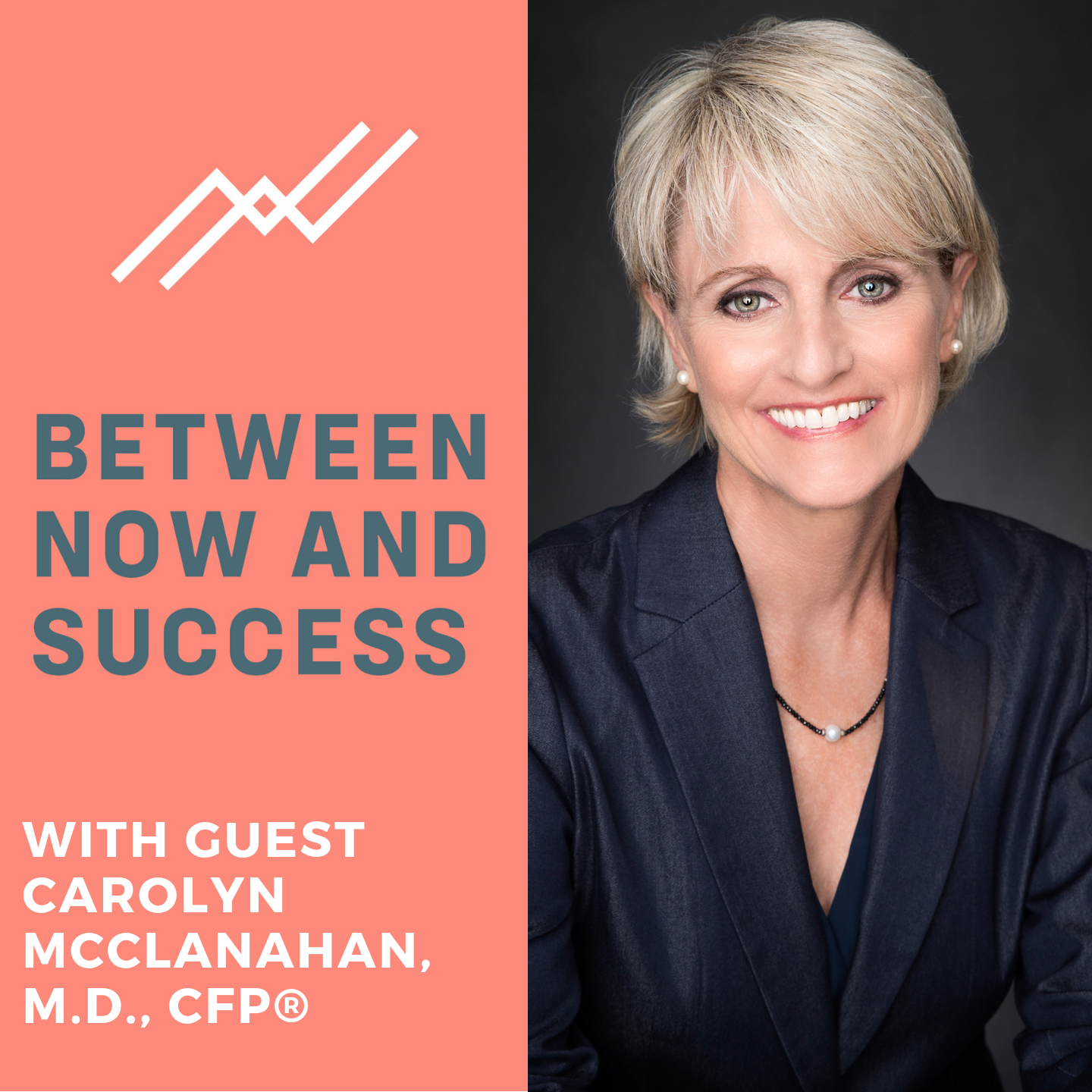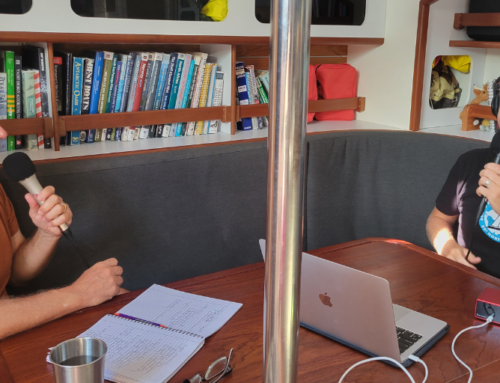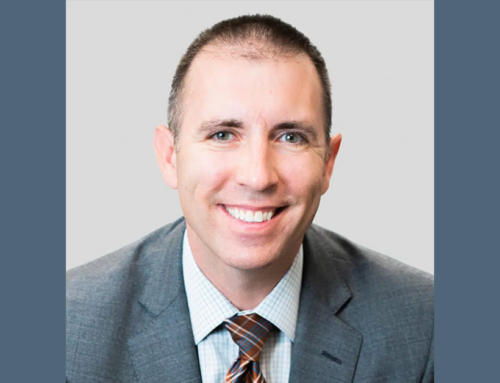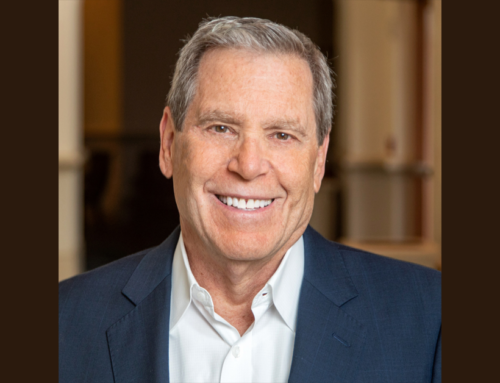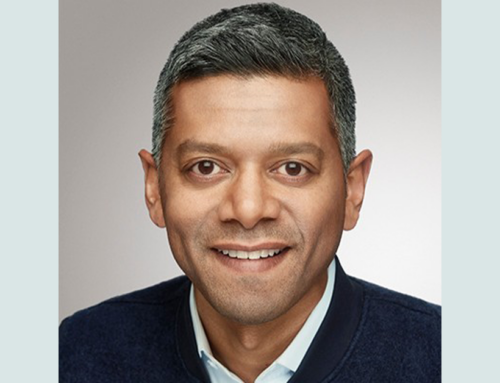“You’re either growing or dying.” How many times have you heard that chestnut? Too many!
But what if you decided you didn’t want to grow? What if you decided you’d be happy at the current size of your business and just add new clients when an existing client leaves or passes away?
Does the thought of that idea make you vomit or is it liberating?
If you decide it’s all about growth, what are you willing to sacrifice to scale?
My guest today, Carolyn McClanahan recently decided her practice was “big enough” with 100 families and she has now closed her firm to new clients.
Carolyn is the Director of Financial Planning at Life Planning Partners in Jacksonville, FL and she has a fascinating background. She’s actually a M.D. who decided to become a CFP® after she and her husband couldn’t find a financial planner who provided the kind of life-planning advice that they really wanted. After she opened her own firm in 2004, Carolyn split her time between advising some of her doctor buddies and treating patients as an emergency room doctor.
In our conversation, we discuss how Carolyn replaced the old “big book” financial plans we all remember with a more personal, goals-based narrative approach. She also talks about her unique fee structure of pricing based on complexity, and we discuss how she concluded that 100 families was the optimal size for her practice.
To read the full story on my convo with Carolyn and why she capped her firm at 100 families, enter your email address below.
“We need a CFP® in the triage room, STAT!”
When Carolyn started studying for her CFP®, she had an “ah-ha moment” that continues to define how her practice operates.
“I saw this huge need for real advice,” she remembers. “People needed investment advice, too, but it was a much bigger picture. The whole CFP® class, it’s seven different topics that you’re dealing with. Why does everybody just focus on investment?”
Like another successful independent RIA I interviewed recently, Steve Cassaday, Carolyn has no love for the complex financial planning books we used to drop in clients’ laps. “After a couple years, I realized, this is stupid,” she says. “Now we do narratives for our clients.
Basically, the plan goes through their goals, and where they are now on those goals, and what we need to do to help them get to where they want to go. We create a task list, and we just start working on that task list. I create a triage list. What is most important to you first? And for some people, it’s going to be investments, some people it’s going to be estate planning. Eventually, we get everything done, usually within six months and then we start re-visiting every part of the plan. I think where advisors really go wrong is they do an initial financial plan, they get the assets under management, and they don’t ever revisit the financial plan.”
This idea of a financial plan as an evolving narrative is also a focus of the ROL Advisor platform I’ve developed with my partner, Mitch Anthony. Like Carolyn, we think the value of the plan for a client isn’t really the plan. It’s how advisors IMPLEMENT the plan over time, especially as clients experience major life transitions. In some cases, implementation might just mean helping a skittish client weather market volatility. In another case, it might be making adjustments to compensate for a sudden career change or a life-changing illness.
To extend Carolyn’s medical metaphor, we all know that the best medicine is preventative. A planning process that’s adaptable to your client’s life needs is going to make the client feel more secure about possible bumps in the road.
And when your clients do need financial “triage,” you’ll be their 911 call.
Pricing based on complexity.
Most advisors still price based on AUM because it’s simple and it’s generally quite profitable. But Carolyn realized that an AUM model was actually giving her the short end of the stick.
“Some of my first clients had very little money and were a heck of a lot of work,” she remembers. “Some of them had a lot of money and weren’t much work. One, this isn’t fair, and two, it’s putting the focus on investments, and that’s not what I’m about. I’m a comprehensive planner. If you don’t want comprehensive planning, I’m not going to take you as a client.”
About ten years ago, Carolyn decided that she was going to price her service based on complexity – that is, how much work she and her team would have to do for a particular client.
She starts with a flat rate that’s the same for every client, and then adds an additional $1,000 to the fee for every complication, such as being married, having kids, owning your own business, and so on. After she’s established this baseline, she analyzes the client’s current assets and portfolio and adds an additional 25-50 basis points, again depending on the complexity.
Any prospects whose fee Carolyn calculates at under $10,000 gets referred to another firm. “For people who have under $1 million, unless they just have a lot of planning needs, we’re going to be expensive,” Carolyn reasons. “For people at $1 million to $2 million, it’s probably going to come in about the same, unless of course they have a lot of big planning needs. People over $2 million, we’re a bargain.”
From the client’s perspective, Carolyn’s fee structure closely aligns the fee she charges to the value she delivers. It’s transparent and clients know exactly how she calculated the fee and what each part of the planning process costs.
By contrast, the AUM fee bases the fee on the value of the assets under management, and that may or may not have much relevance to the actual value being delivered by the advisor. Still, the convenience and profitability—and so far the lack of backlash from clients—means AUM pricing will still be popular for some time to come.
Closing the practice to new clients.
Another reason that Carolyn set her floor at $10,000 is that it allowed her to whittle down her year-long waiting list to four months. Once all those people were onboarded, she decided not to take on anyone else.
“You have to decide what’s important to you,” she says. With her background as a medical doctor and her connections, she had the ability to grow and become a really large firm. With that as an option, she joined a study group with other mega firms to determine if scaling her firm was what she really wanted to do.
Once in the study group, it hit her. “I realized that they don’t really do what they started out doing. They started out as planners, and they became business managers. I love planning. I love the clients and I love education. My passion is not running a big company. I could have hired somebody to run it, but still, it didn’t sit well. What I’ve given up is I’m not going to have a big enterprise value, but that’s not important to me. We’re at 95 client families, and they’re all wonderful client families, and we want to focus on just getting the loose ends tied up.”
If your passion IS running a big company, being more of a full-time CEO than CFP®, well then, more power to you. Make scaling your priority. Put the processes in place that will get your firm big or make it an attractive acquisition target.
But Carolyn is proof that there’s more to this business than just getting more – more customers, more AUM, more tech to automate portfolio management. The way she’s styled her practice lets her keep working on the financial “narratives” she’s written for her client base, adding more value as her clients experience more life transitions.
Helping older adults prepare for the big four challenges of aging.
She’s also able to follow her interests and talents where they take her. Her new company, Whealthcare Planning, draws on Carolyn’s financial and medical expertise to provide a fintech platform that helps older adults prepare for the big four challenges of aging:
- When to turn over financial decision-making
- Where to live safely
- When to quit driving
- When to get help with health care decisions
Her new company offers an important new tool for advisors who are interested in adding value that can’t be “roboted” away. You should take a look at it here.
Carolyn also enjoys working the speaking circuit, educating audiences about health care issues, and she’s an outspoken activist for financial and racial equality. Her approach to her life and her work is every bit as comprehensive as her approach to life-centered financial planning.
“Life is precarious,” Carolyn says, “and in my previous job and in my own life myself, I’ve had to face death or the possibility of that. So, my goal is just to live fully every day, and if I’m not loving what I’m doing, then get rid of it.”
Resources
– Life Planning Partners Visit Carolyn McClanahan and her team online.
– Whealthcare Planning Get info on how to incorporate Carolyn McClanahan’s new software into your practice.
– “Makers and Takers” by Rana Foroohar This book had a big influence on Carolyn McClanahan’s activism on capitalism and inequality.
– Values Clarification Toolkit Click here to download this FREE tool and start living your values.

